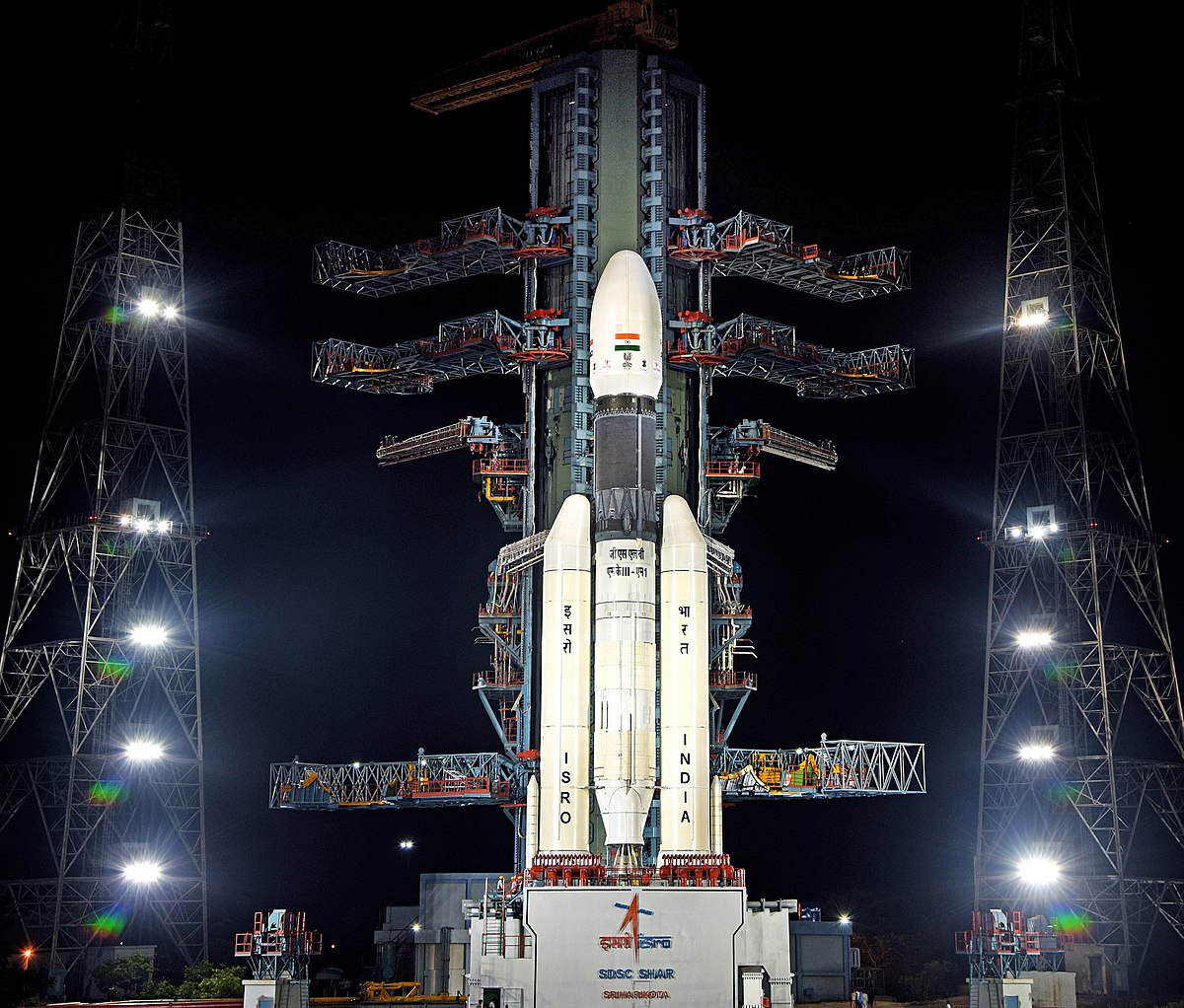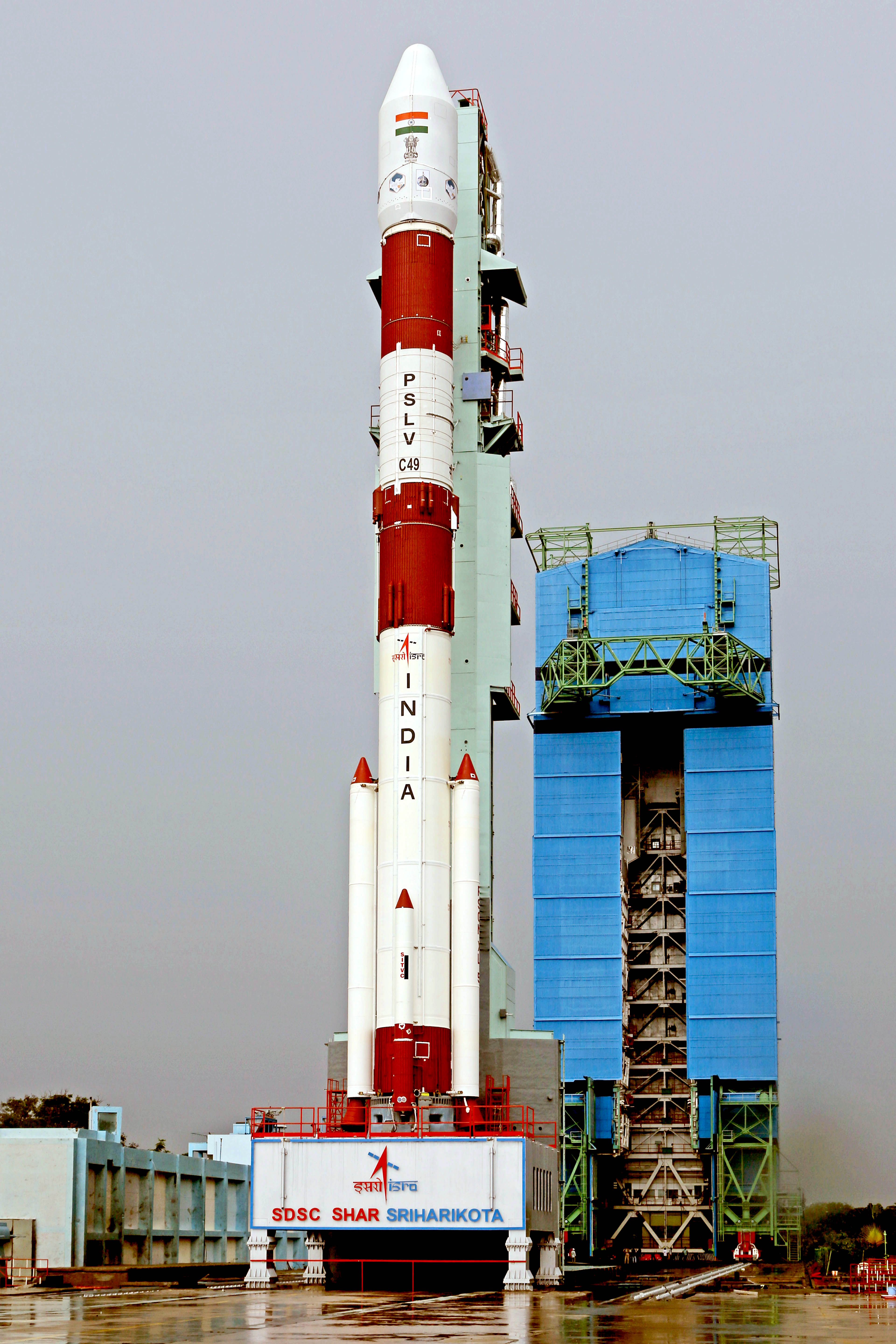
LVM 3
he Launch Vehicle Mark-3 or LVM3 (previously referred as the Geosynchronous Satellite Launch Vehicle Mark III or GSLV Mk III)[a] is a three-stage medium-lift launch vehicle developed by the Indian Space Research Organisation (ISRO). Primarily designed to launch communication satellites into geostationary orbit,[18] it is also due to launch crewed missions under the Indian Human Spaceflight Programme. LVM3 has a higher payload capacity than its predecessor, GSLV
The LVM3 has launched CARE, India's space capsule recovery experiment module, Chandrayaan-2 and Chandrayaan-3 , India's second and third lunar missions, and will be used to carry Gaganyaan, the first crewed mission under Indian Human Spaceflight Programme. In March 2022, UK-based global communication satellite provider OneWeb entered into an agreement with ISRO to launch OneWeb satellites aboard the LVM3 along with the PSLV, due to the launch services from Roscosmos being cut off, caused by the Russian invasion of Ukraine.[27][28][29] The first launch took place on 22 October 2022, injecting 36 satellites into Low Earth orbit.
Explore Now

